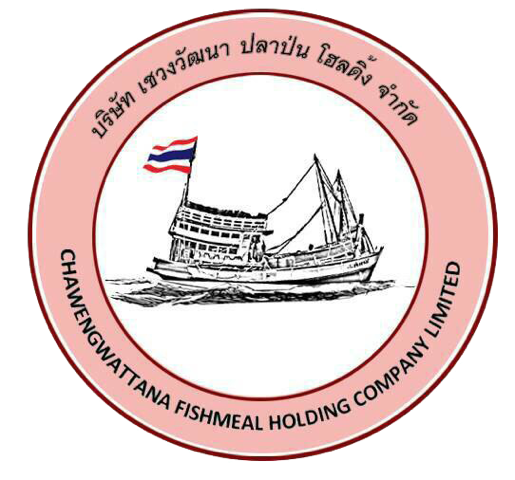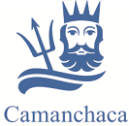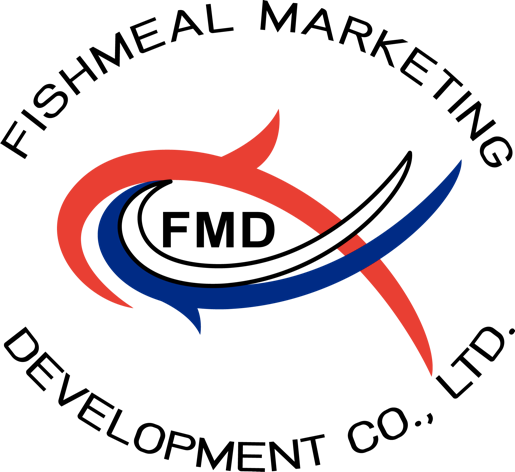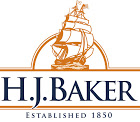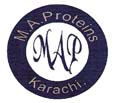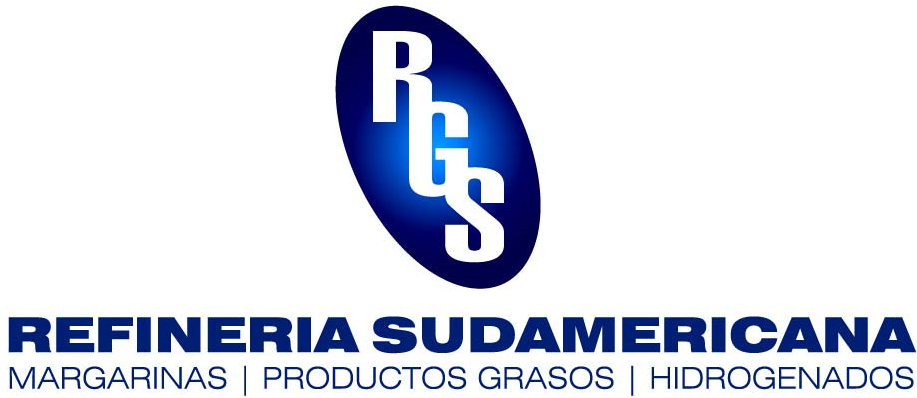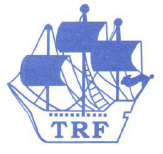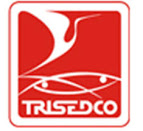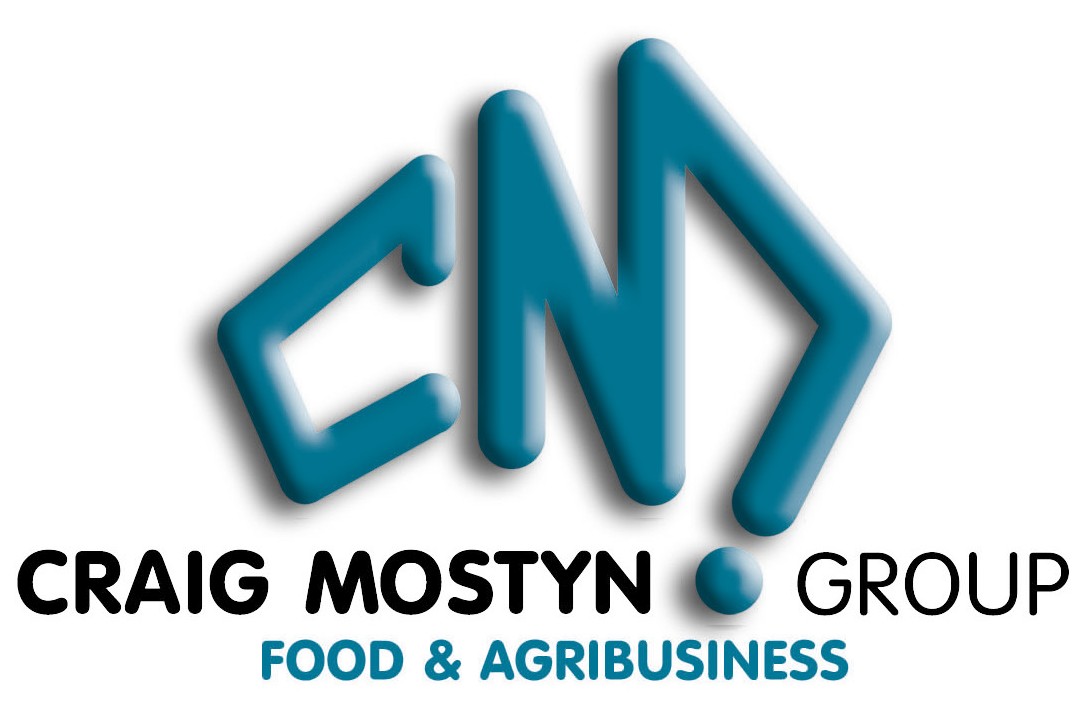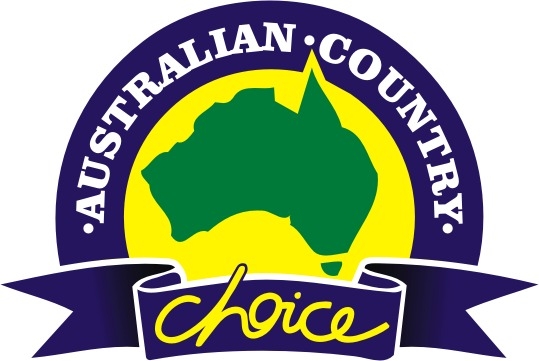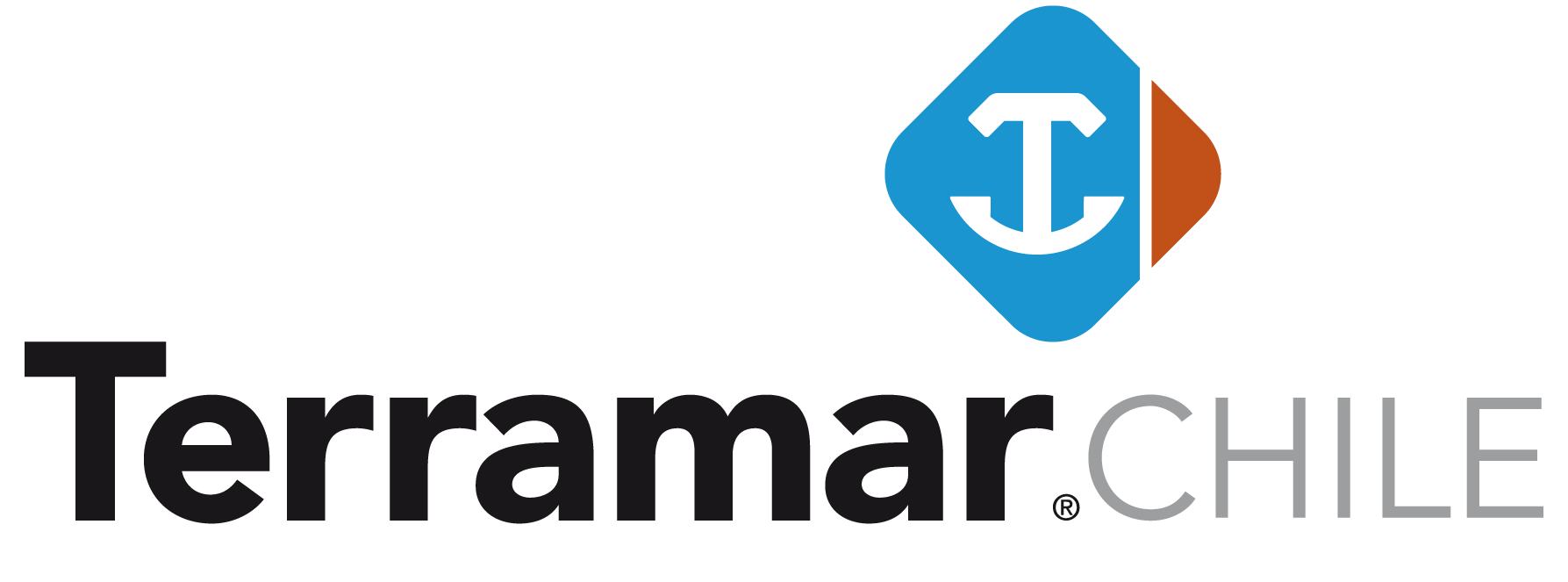Join Now | Free Trial | Login | Membership
On June 1, 2012, MOA published Decree No.1773 on Feed Ingredient Catalogue
In an effort to regulate feed ingredient production, trade, and utilization, and upgrade feed quality to ensure the quality and safety of products of cultured animals, the Ministry of Agriculture formulated the “Feed Ingredient Catalogue,” which shall take effect on January 1, 2013. These measures were based on “the Administrative Measures on Feed and Feed Additives.”
Appendix: Feed Ingredient Catalogue
Part 1 - General Rules
1. The feed ingredients in this catalogue refer to substances derived from animals, plants, micro bio-organisms, or minerals (includes carriers and solvents) that do not fall into the feed additive category (for making feed products). The feed ingredients used by feed manufacturers shall be listed in this catalogue and comply with the requirements specified in this catalogue.
2. Substances that are not listed in this catalogue shall undergo scientific evaluation and be approved by the Ministry of Agriculture. After evaluation, the Ministry of Agriculture may add new substances to this catalogue. If added, the substances can be used as a feed ingredient.
3. Production, trade, and the use of feed ingredients listed in this catalogue shall meet the mandatory requirements as specified in the documents entitled: “Feed Hygienic Standard” and “Feed Labeling.”
4. The second part of this catalogue defines the common feed ingredient processing terms, including names, definitions, and the descriptive terms associated with the relevant products. The definition of these terms in the third part of the catalogue shall be in conformity with the second part.
5. The third part of the catalogue defines ingredient names. The name listed on the feed ingredient label shall be in conformity with the defined “ingredient name” in this catalogue. The ingredient names list in the “composition of feed’ on the feed label shall also be in conformity with the defined “ingredient name” in this catalogue. In the “ingredient name” column, the common name of the ingredients listed in the brackets will be equivalent to the name listed in the catalogue. The content in parenthesis lists the different forms of the substances, and these shall be selected based on the form of the product.
6. The third part of this catalogue categorizes the ingredients into three tiers: 1) first tier is the general category; 2) second tier has sub-categories of different raw materials; and 3) third tier has various products derived from the same sub-category of raw material. The second tier and third tier are listed according to Chinese Pinyin sequence.
7. The quality requirements and hygienic indicators specified by the third part of this catalogue as “mandatory labeling requirements” shall be quantified on the ingredient label.
8. According to “Administrative Measures for Feed and Feed Additives,” “Administrative Measures for Feed and Feed Additive Production License,” and “Administrative Measures for Registration of Import Feed and Feed Additives,” the Single Feed Ingredient as listed in the fourth part of this catalogue are ingredients which are subject to production license and import registration certificate administration. The single feed shall not be used as feed ingredients in feed production, trading, and use unless a production license or an import registration certificate is obtained.
9. The transgenic animal, plant, and microbial feed ingredients shall be treated in accordance with the “Administrative Measures on the Safety of Agricultural Genetic Modified Organism.”
10. The inclusion of an ingredient produced by feed manufacturers in this Catalogue shall be based on the principles of ensuring the quality and safety of the feed and the safety and quality of the animals. The reasonable selection and use of ingredients shall be based on the characteristics of the animals to be fed.
11. In addition to particular stipulations in the Catalogue, the botanical purity of the plant feed ingredients shall be normally no less than 95%.
12. Feed ingredients subject to ruminant protection treatment shall include the ruminant protection methodology in the ingredient label.
Part 2 Feed Processing Technical Terms
Part 3 Feed Ingredient List
Part 4 Single Feed Ingredients
|
No. |
Name |
Common Name |
|
1.1.3 |
Barley albumen powder |
|
|
1.2.6 |
Rice albumen powder |
|
|
1.2.8 |
Rice enzymatic protein |
|
|
1.5.1 |
Dried distilled grain/liquor |
|
|
1.5.2 |
Dried distilled grain/yellow wine |
|
|
1.5.3 |
Distillers dried grains |
[DDG] |
|
1.5.4 |
Distillers dried soluble |
[DDS] |
|
1.5.5 |
Distillers dried grains/beer |
|
|
1.5.6 |
Distillers dried grains with soluble |
[DDGS] |
|
1.11.3 |
Gluten meal |
[Wheat albumen powder, vital wheat gluten] |
|
1.11.15 |
Wheat water soluble gluten |
|
|
1.13.2 |
Pengjiang Corn skin |
|
|
1.13.7 |
Corn protein power |
|
|
1.13.10 |
Dried Corn syrup power |
|
|
1.13.11 |
Corn enzymatic protein |
|
|
2.2.3 |
Rapeseed protein |
|
|
2.2.5 |
Rapeseed meal |
[Rapeseed meal] |
|
2.2.9 |
Double low rapeseed meal |
[Double low rapeseed meal] |
|
2.3.2 |
Separated protein of soybean |
|
|
2.3.4 |
Soybean enzymatic protein |
|
|
2.3.5 |
Soybean condensed protein |
|
|
2.3.10 |
soybean molasses |
|
|
2.3.14 |
Soybean meal |
|
|
2.3.18 |
Extrusion meal |
[Soybean structure protein] |
|
2.3.19 |
Extrusion Soybean meal |
|
|
2.9.3 |
Peanut protein |
|
|
2.9.6 |
Peanut meal |
[Peanut kernel meal] |
|
2.12.4 |
Cottonseed protein |
|
|
2.12.6 |
Cottonseed enzymatic protein |
|
|
2.12.7 |
Cotton seed meal |
|
|
2.12.9 |
De-gossypol cottonseed protein |
[De-toxic cottonseed protein] |
|
3.3.2 |
Broad bean protein powder |
|
|
3.7.2 |
Green bean protein powder |
|
|
3.8.5 |
Pea protein powder |
|
|
4.7.2. |
Potato protein powder |
|
|
7.5.2 |
Alga powder |
|
|
7.5.3 |
Liehu alga powder |
|
|
7.5.4 |
Spiral alga powder |
|
|
7.5.5 |
Niwei green alga powder |
|
|
7.5.6 |
Micro alga meal |
|
|
7.5.7 |
Little alga powder |
|
|
9.1.1 |
Oil |
|
|
9.1.2 |
Oil cake |
|
|
9.3.1 |
Intestine and velum albumen powder |
|
|
9.3.3 |
Animal visceral meal |
|
|
9.3.5 |
Animal water soluble |
|
|
9.3.6 |
Expanded feather meal |
|
|
9.3.9 |
Hydrolyzed hoof and horn meal, |
|
|
9.3.10 |
Hydrolyzed animal hair meal, |
|
|
9.3.11 |
Hydrolyzed feather meal, |
|
|
9.4.1 |
Egg powder |
|
|
9.4.2 |
Egg yolk powder |
|
|
9.4.3 |
Egg shell powder |
|
|
9.4.4 |
Egg white powder |
|
|
9.6.2 |
Bone meal (pellet) |
|
|
9.6.7 |
Meat meal |
|
|
9.6.8 |
Bone and meat meal |
|
|
9.6.9 |
Acid bone meal |
[Bone phosphate] |
|
9.6.10 |
De-gum bone powder |
|
|
9.7.1 |
Spray dried blood protein powder |
|
|
9.7.2 |
Spray dried blood cell protein powder |
|
|
9.7.3 |
Hydrolyzed blood powder |
|
|
9.7.4 |
Hydrolyzed blood protein powder |
|
|
9.7.5 |
Hydrolyzed pearl protein powder |
|
|
9.7.6 |
Blood meal |
|
|
9.7.7 |
Heme |
|
|
10.2.2 |
Phosphate shrimp powder |
|
|
10.2.3 |
Shrimp powder |
|
|
10.4.2 |
White fish meal |
|
|
10.4.3 |
Hydrolyzed fish protein meal |
|
|
10.4.4 |
Fish meal |
|
|
10.4.7 |
Fish bone meal |
|
|
10.4.8 |
Fish paste |
|
|
10.4.9 |
Fish paste powder |
|
|
10.4.10 |
Fish and shrimp powder |
|
|
10.4.11 |
Fish oil |
|
|
12.1.1 |
Fermented soy meal |
|
|
12.1.2 |
Fermented fruit residue |
|
|
12.1.3 |
Fermented cotton seed protein |
|
|
12.1.4 |
Yeast fermented distilled grain |
|
|
12.2.1 |
Yeast protein |
|
|
12.2.2 |
Beer yeast powder |
|
|
12.3.1 |
L-Glutamic Acid residue |
|
|
12.3.2 |
Glutamic acid residue |
|
|
12.3.3 |
Lysine residue |
|
|
12.4.3 |
Citric acid residue |
|



